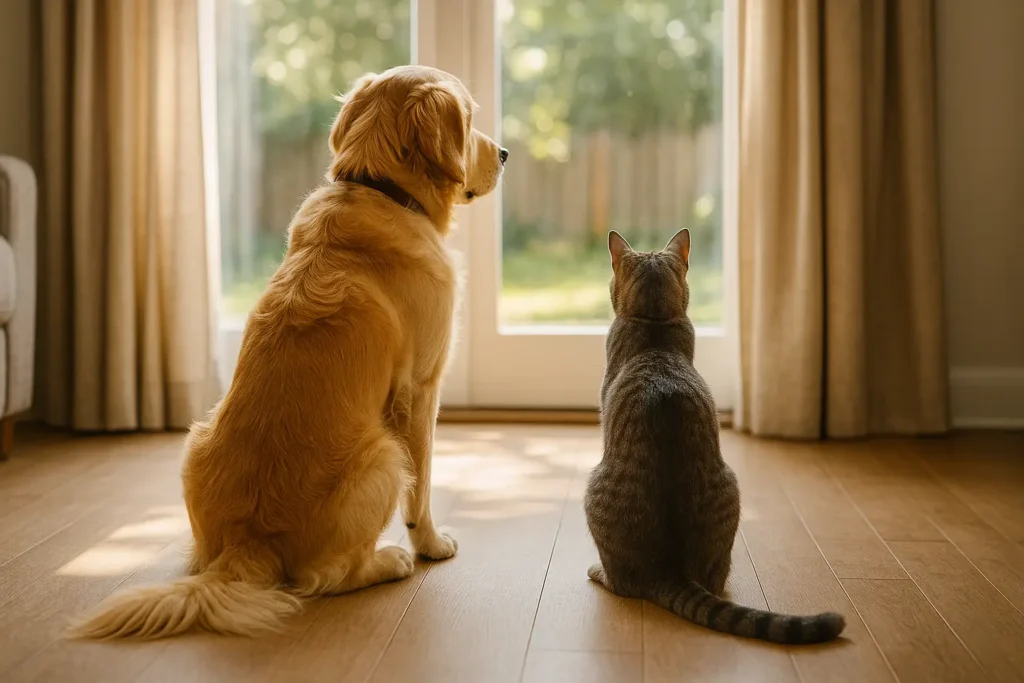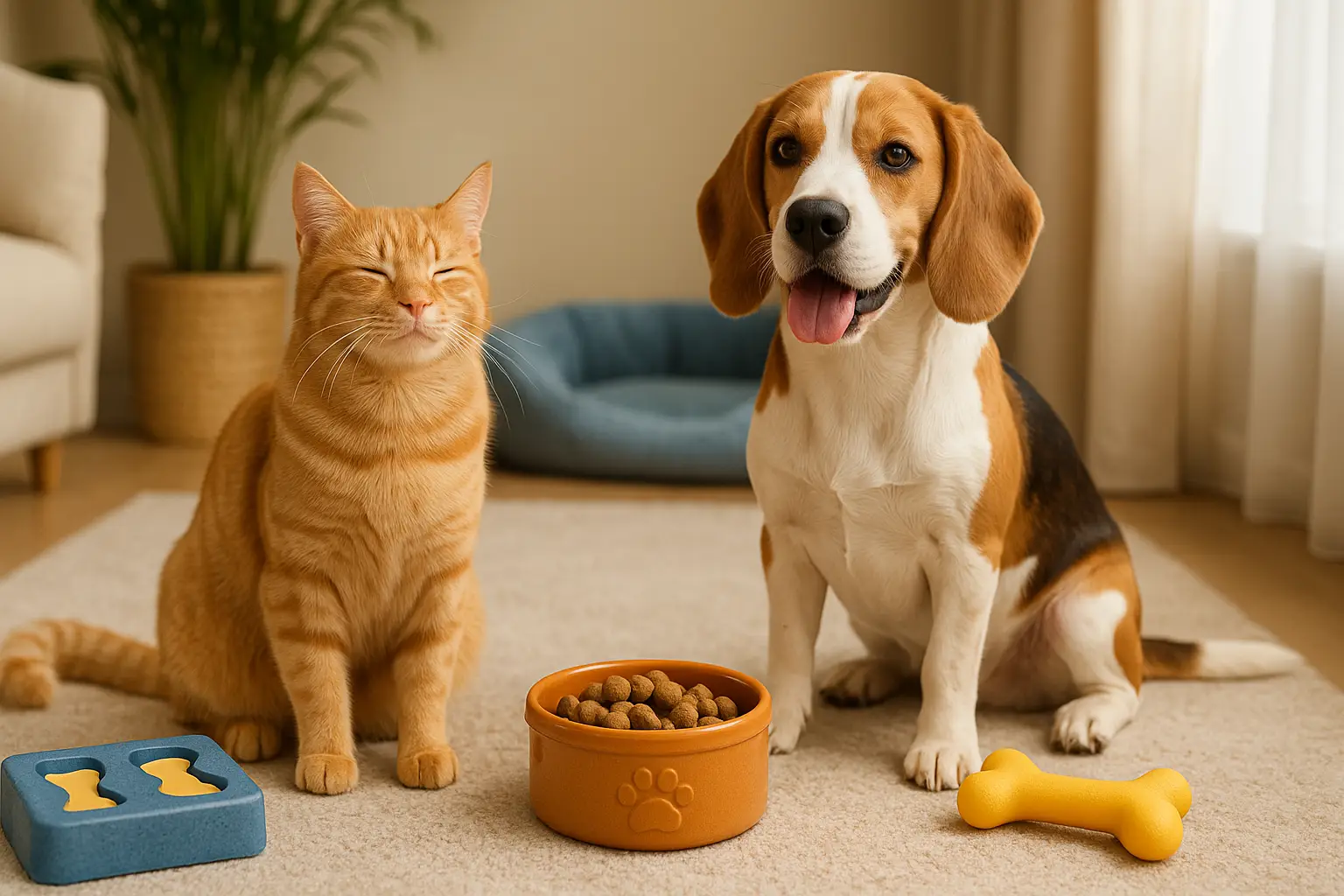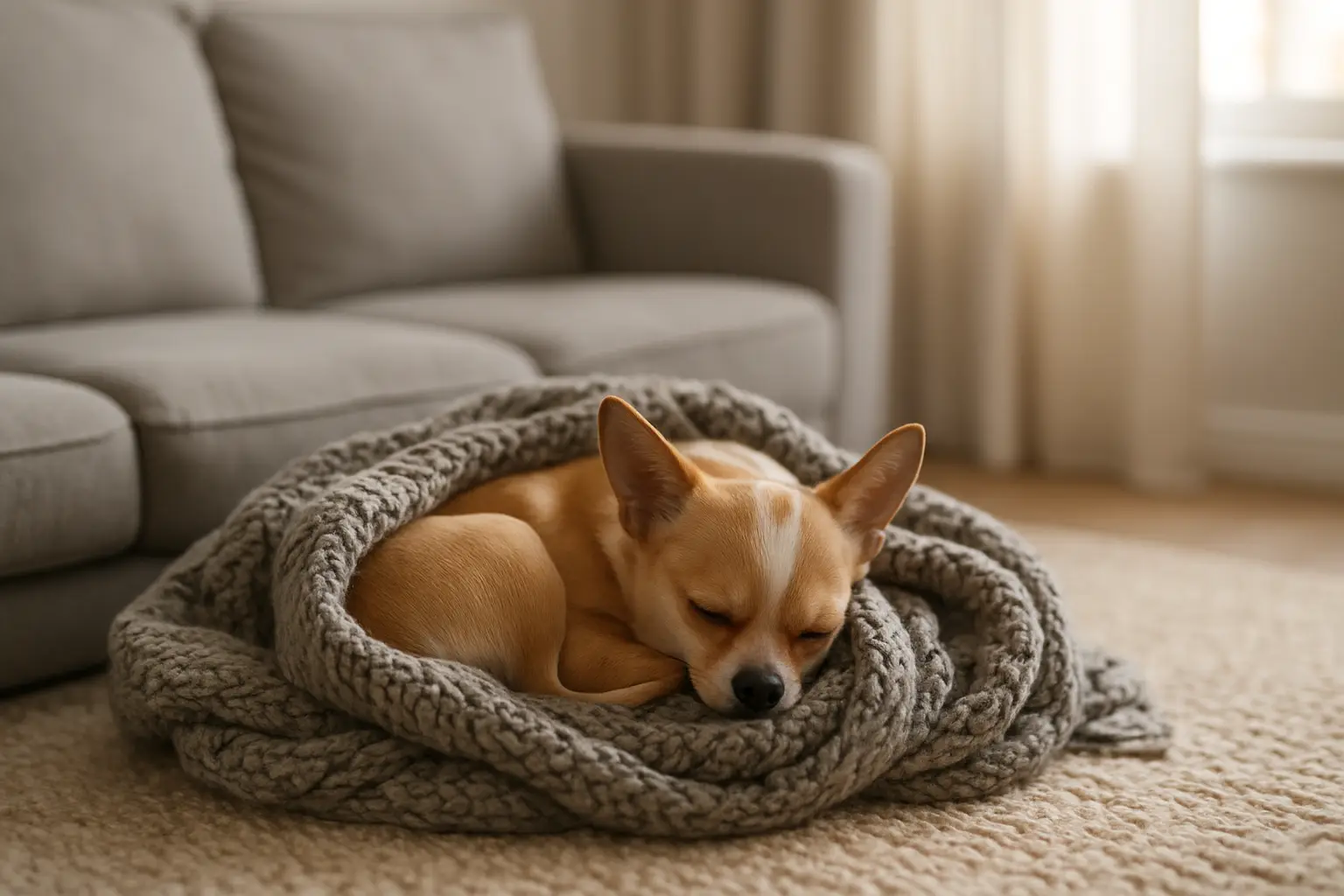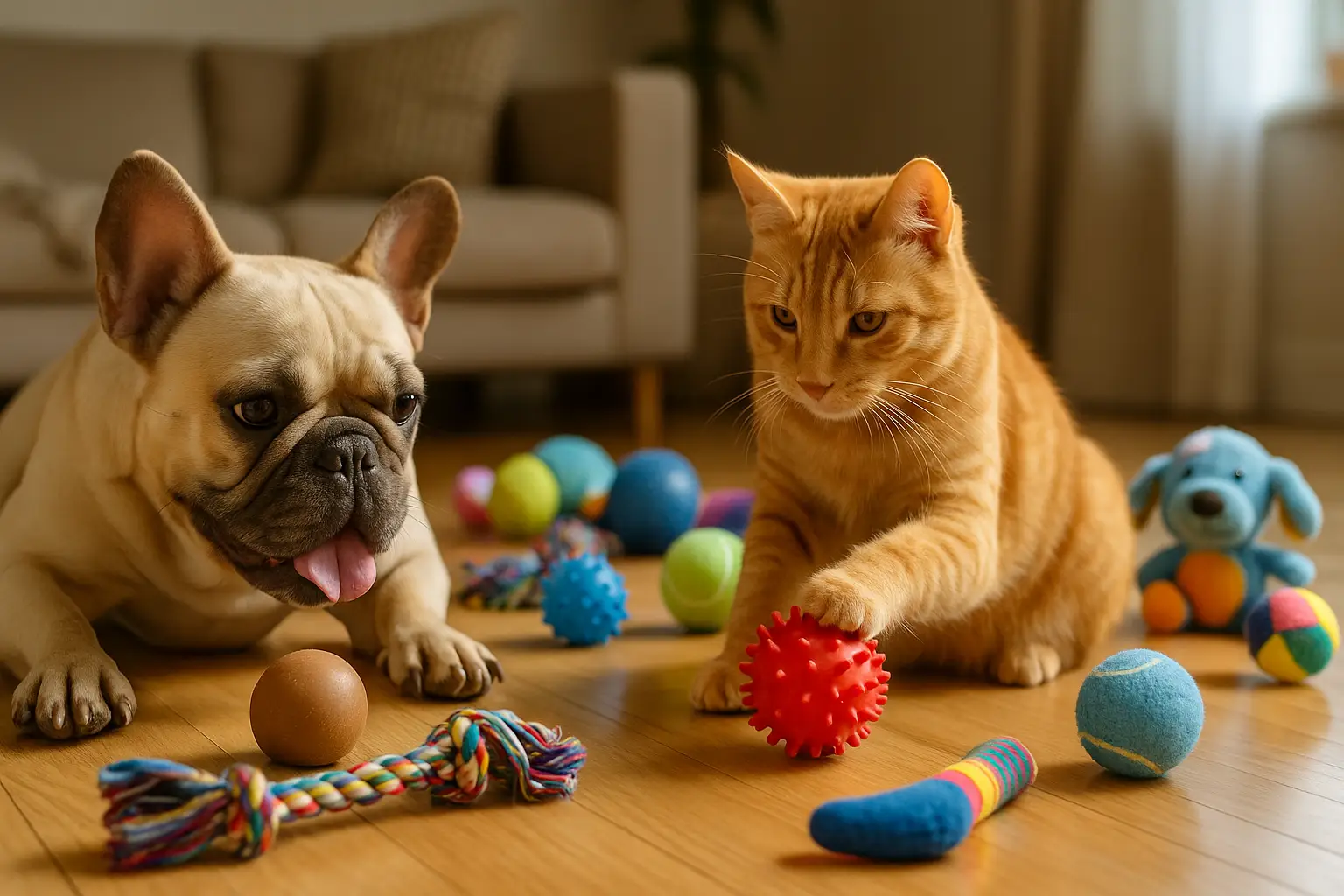How to Build a Pet Routine That Grows with Your Animal
When you bring a pet into your life, everything changes—in the best way possible. But as your dog or cat grows, their needs shift. What works for a playful puppy or curious kitten might not suit a calm adult or an aging senior. That’s why building a pet care routine that adapts over time is one of the most important things you can do as a responsible pet parent.
Creating a flexible, age-appropriate routine ensures your pet stays physically healthy, mentally engaged, and emotionally secure through every stage of life. And it helps you feel confident and connected to your animal, no matter what changes come along.
In this guide, we’ll walk you through how to build a routine that grows with your pet—from those early days of discovery to the golden years of rest and reflection.

Why a Pet Routine Matters
Structure gives your pet a sense of security. A good routine:
- Reinforces healthy habits
- Reduces anxiety and uncertainty
- Strengthens communication between pet and human
- Builds trust through predictability
- Improves physical and mental well-being
- Makes daily care feel manageable, not chaotic
Even small routines—like consistent feeding times—can transform a pet’s behavior and happiness.
Stage 1: Creating a Routine for Puppies and Kittens
This is the foundation stage—when your animal is learning everything about the world.
Daily Routine Basics:
- Feeding: 3–4 times a day in small portions
- Potty: Immediately after meals, naps, and play
- Play: Short, frequent sessions to burn energy
- Training: 5-minute sessions 2–3 times daily
- Nap Time: Multiple naps throughout the day
- Bedtime: Set a consistent nighttime wind-down
📝 Pro Tip: Use a visual schedule or a whiteboard to track potty, meals, and training wins—especially helpful for families sharing tasks.
What to Prioritize:
- Positive reinforcement
- Crate or safe space training
- Socialization with people, places, and sounds
- Gentle grooming introduction
- Vet visits and vaccination planning
Your goal is structure, not perfection. Predictability builds confidence.
Stage 2: Adjusting the Routine for Young Adults (1–3 years)
Your pet is now more independent—but still energetic and curious.
Routine Adjustments:
- Feeding: 2 meals a day (for most breeds)
- Exercise: Longer walks or active play (30–60 mins daily)
- Training: Add new commands and challenges
- Rest: Quiet time after activity to avoid overstimulation
- Mental Enrichment: Introduce puzzles, scent work, or trick training
⏱️ Ideal WordPress Block: Use a “Daily Routine Checklist” block to help readers build a custom plan.
Watch For:
- Testing boundaries (especially with dogs)
- Changes in appetite or sleep
- Behavioral patterns forming—good or bad
- Breed-specific needs becoming more noticeable
This is the time to reinforce what you want to last long-term.
Stage 3: Maintaining a Balanced Routine for Adult Pets (3–7 years)
This is the sweet spot—your pet is likely well-adjusted and predictable.
Daily Routine Focus:
- Meals: 2 balanced meals, plus healthy snacks
- Exercise: Walks, playtime, or backyard fun
- Grooming: Weekly brushing, nail checks
- Vet Visits: Annual checkups and preventive care
- Bonding: Cuddles, games, and quiet presence
- Independence: Time alone to build confidence
🧠 Try This Block: “Routine Enhancer: Ideas for Mid-Life Dogs or Cats”—embed a collapsible FAQ or idea list in WordPress.
Good Time To Add:
- Daily vitamins or supplements (if recommended)
- Preventive dental care habits
- Scent or food enrichment
- Playdates (for social pets)
Consistency is your best friend at this stage.
Stage 4: Adapting the Routine for Senior Pets (7+ years)
As your pet ages, the routine should shift gently to accommodate slower energy and increased comfort needs.
Senior Routine Essentials:
- Feeding: Adjust portions, texture, or timing based on appetite
- Exercise: Low-impact walks, gentle play, or swimming
- Sleep: More frequent naps and cozy beds
- Mental Stimulation: Simple puzzles or scent-based games
- Healthcare: Vet checkups every 6 months
- Supplements: Joint, eye, or coat support (vet-recommended)
💡 WordPress Tip: Use the “Quote Block” to highlight reminders like:
“Old age is not a disease—adjusting the routine is a kindness.”
Watch Closely:
- Changes in gait, mobility, or bathroom habits
- Disinterest in previous activities
- Unexplained weight changes
- Increased anxiety or clinginess
Seniors thrive with routines that honor their dignity and comfort.
How to Keep the Routine Flexible
No two days are exactly alike—but the rhythm can stay steady.
Tips to Maintain Flexibility:
- Use Time Blocks, Not Exact Hours
Focus on “morning,” “afternoon,” and “evening” rhythms rather than rigid clocks. - Build in Buffer Space
If play runs long or naps shift, your whole day won’t fall apart. - Rotate Activities
Keep training and play fresh with weekly variation. - Be Present and Observant
Your pet may show you when it’s time for a new rhythm. - Let Routines Evolve Naturally
You don’t need to reinvent the wheel—just tweak it.
🔁 Use WordPress’s “Table Block” to showcase example schedules across different pet ages.
Sample Routine by Age Group
| Time | Puppy Routine | Adult Routine | Senior Routine |
|---|---|---|---|
| Morning | Potty, meal, play, nap | Walk, meal, brief training | Slow walk, meal, rest |
| Midday | Play, training, nap, potty | Toy time, potty break | Nap, light stimulation |
| Afternoon | Meal, play, short nap | Meal, fetch/walk, cuddle | Grooming, calm activity |
| Evening | Short training, meal, play | Dinner, scent game, relax | Dinner, massage, bedtime |
| Night | Potty, crate/bedtime routine | Final potty, wind-down | Soft bed, soothing sounds |
📌 You can turn this into a downloadable PDF or reusable template using a plugin like “Print, PDF & Email by PrintFriendly.”
Final Thoughts: Routines Are a Gift of Love
A well-crafted pet care routine is a gift. It tells your dog or cat: “You can trust me. Life has rhythm. You are safe here.” And as your animal grows—from wild pup to wise senior—your routine becomes the thread that keeps you connected.
You don’t have to be perfect. You just have to be consistent and kind. Observe, adapt, and stay engaged.
Because when you build a routine that evolves with your pet, you’re not just managing time—you’re building a life, together.




Post Comment